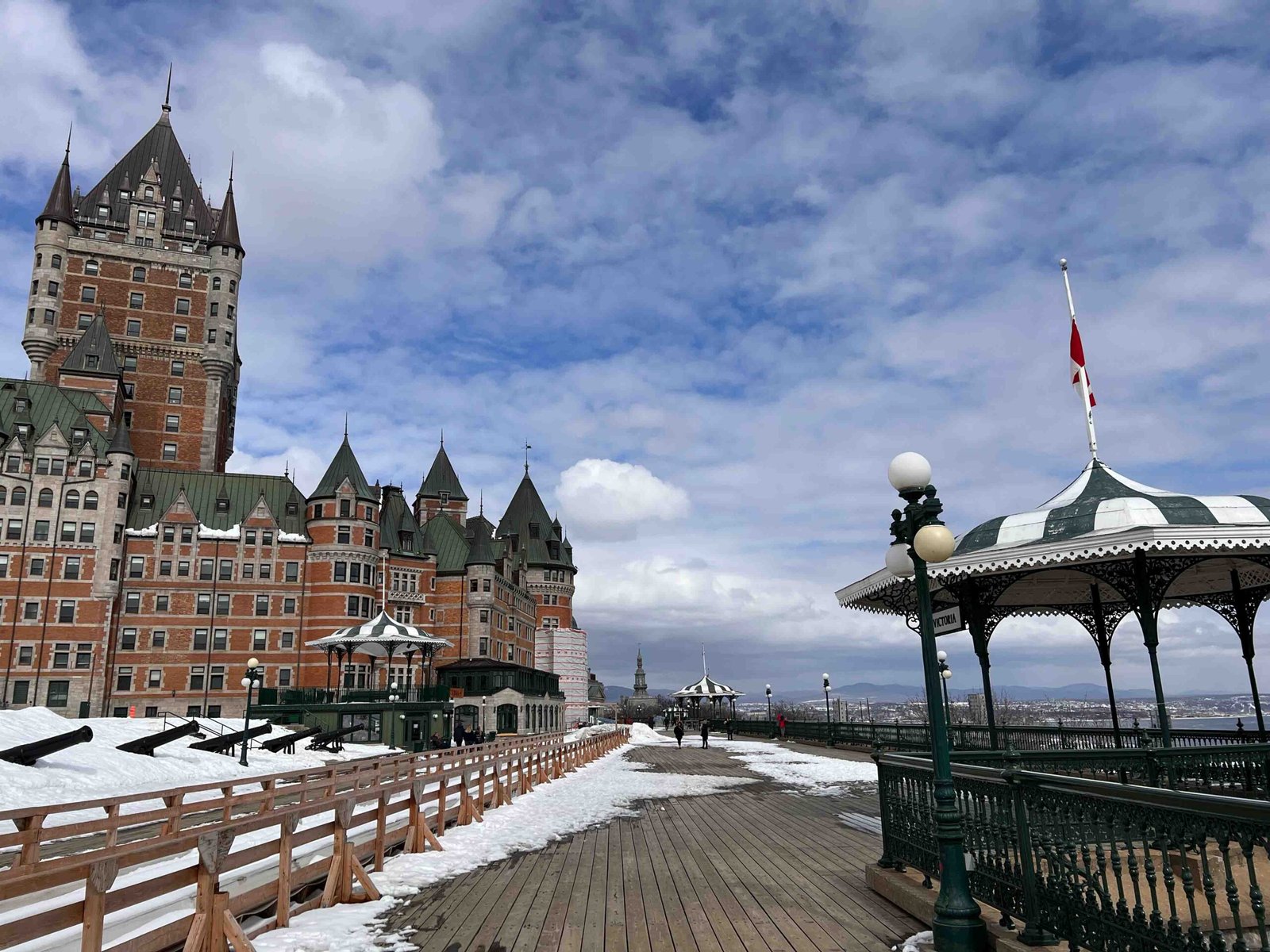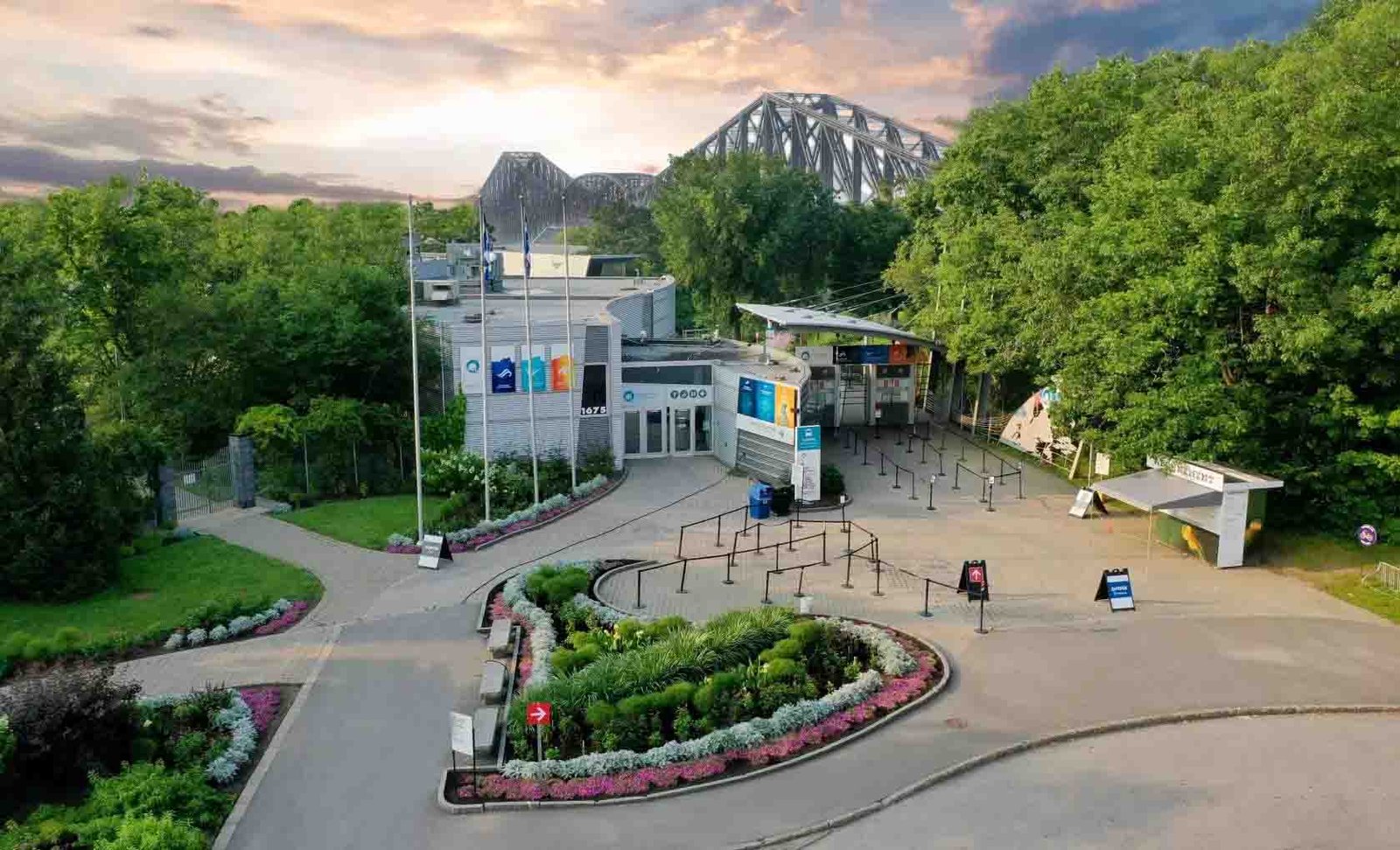Welcome to “Victoria: A Comprehensive Guide to Living, Working, and Thriving.” This guide aims to provide you with a detailed overview of Victoria, the capital city of British Columbia in Canada. From its population growth to its cultural diversity, this guide will give you a snapshot of what it’s like to live in Victoria. We’ll also take you on a tour of the city’s most popular neighbourhoods and explore the job market, education, and healthcare opportunities available. Additionally, we’ll delve into the city’s efforts towards sustainable growth and environmental protection. Whether you’re a student, retiree, or professional looking to move to Victoria, this guide has everything you need to know to make informed decisions about living, working, and thriving in this beautiful city. The estimated population of Victoria, British Columbia, in 2023 is approximately 90,461.
A Snapshot of Victoria’s Population Growth
Victoria, the capital city of British Columbia, has been experiencing a steady increase in population growth in recent years. According to the 2016 Census, Victoria’s population was 85,792, an increase of 4.4% from the previous census in 2011. This growth rate is higher than the national average and reflects the city’s attractiveness as a place to live and work. The main driver of population growth in Victoria is immigration, with many newcomers attracted by the city’s natural beauty, mild climate, and high quality of life. In addition to immigrants, Victoria also attracts many young professionals who come to the city for job opportunities and its vibrant arts and culture scene. However, this population growth also brings challenges such as increased demand for housing and infrastructure. To address these issues, the city has implemented various measures to promote sustainable growth while maintaining its unique character and charm. Overall, Victoria’s population growth reflects the city’s appeal as a desirable place to live and work, with its diverse communities and abundant opportunities for personal and professional growth.
The Cultural Diversity of Victoria’s Inhabitants
Victoria’s cultural diversity is one of its greatest assets. The city is home to a vibrant and dynamic mix of people from all over the world, creating a unique and eclectic atmosphere that is hard to find elsewhere. According to recent statistics, nearly 30% of Victoria’s population was born outside of Canada, with the largest groups coming from the United Kingdom, China, and India. This diversity is reflected in the city’s many festivals and events, such as the Victoria Dragon Boat Festival, Diwali Fest, and the Victoria Pride Parade. In addition to these large-scale celebrations, there are also numerous cultural institutions throughout the city, including the Royal BC Museum, which showcases the history and culture of British Columbia, and the Art Gallery of Greater Victoria, which houses an impressive collection of contemporary and historical art. The city’s culinary scene is also a reflection of its diversity, with restaurants offering everything from traditional Japanese sushi to modern Mexican fusion cuisine. However, despite this diversity, there are still challenges that need to be addressed. Discrimination and racism are still present in some areas of society, and efforts need to be made to promote inclusivity and understanding. Overall though, Victoria’s cultural diversity is something to be celebrated and cherished.
From Students to Retirees: Who Calls Victoria Home?
Victoria is a diverse city that attracts people from all walks of life. From students to retirees, Victoria has a population that is varied in age and background. Students make up a significant portion of the population, with the University of Victoria and Camosun College both located in the city. Many international students also choose to study in Victoria, drawn by its natural beauty and high quality of education. Young professionals are also attracted to Victoria, with many moving to the city for job opportunities and a better quality of life.
Retirees are another group that calls Victoria home. The city’s mild climate and laid-back lifestyle make it an ideal place for seniors looking to enjoy their golden years. Victoria is also known for its excellent healthcare system, which is a major draw for retirees. Many seniors move to the city to take advantage of its top-quality medical facilities and services.
Families with children are also part of Victoria’s population. The city has several excellent schools and parks, making it an attractive place for families to settle down. Victoria’s neighbourhoods are also safe and welcoming, providing a sense of community for families.
Overall, Victoria’s population is diverse and reflects the city’s unique character. From students to retirees, people from all backgrounds and ages can find a place to call home in this beautiful city.
The Urban Landscape: A Tour of Victoria’s Most Popular Neighbourhoods
Victoria is a city that boasts a diverse range of neighbourhoods, each with its unique characteristics and charm. From the bustling downtown core to the tranquil suburbs, there is something for everyone in this vibrant city. One of the most popular neighbourhoods in Victoria is James Bay. Located just a stone’s throw away from the Inner Harbour, James Bay is a quaint and picturesque neighbourhood that offers a perfect blend of urban and suburban living. It is home to some of the city’s most historic buildings, including the majestic Parliament Buildings, and boasts an impressive array of shops, restaurants, and cafes. Another popular neighbourhood in Victoria is Fernwood. This eclectic neighbourhood has a distinct bohemian vibe and is known for its artistic community. It features an array of independent shops and restaurants, as well as numerous parks and green spaces. For those seeking a more upscale living experience, Oak Bay is the perfect neighbourhood to call home. This affluent area boasts stunning ocean views, beautifully manicured streets, and some of the city’s most luxurious homes. Finally, for those seeking a more laid-back lifestyle, Esquimalt offers a quieter alternative to the hustle and bustle of downtown Victoria. This charming neighbourhood features a picturesque waterfront, numerous parks and trails, and easy access to neighbouring communities. Overall, whether you’re looking for urban excitement or suburban tranquillity, Victoria has something to offer everyone.
The Job Market: Opportunities and Challenges for Victoria’s Workforce
Victoria’s job market has experienced steady growth in recent years, with the unemployment rate sitting at 4.9% as of June 2021. The city’s thriving technology sector has been a significant contributor to this growth, with companies such as Amazon and Microsoft setting up shop in Victoria. Other industries that have seen an increase in job opportunities include healthcare, education, and tourism. However, the job market in Victoria is not without its challenges. The cost of living in the city is relatively high compared to other Canadian cities, which can make it difficult for some workers to make ends meet. Additionally, many of the jobs available in Victoria are part-time or contract-based, which can make it challenging for individuals to secure stable employment. This issue is particularly prevalent in the retail and hospitality sectors, which employ a significant portion of Victoria’s workforce. Another challenge facing Victoria’s job market is the growing demand for skilled workers in certain industries. While there are plenty of entry-level positions available, many employers struggle to find qualified candidates for higher-paying jobs in fields such as technology and healthcare. As such, there is a growing need for training and education programs that can help bridge this skills gap and provide workers with the skills they need to succeed in these industries.
Education and Healthcare: Accessing Top-Quality Services in Victoria
Victoria is renowned for its top-quality education and healthcare services. The province boasts some of the best universities, colleges, and schools in Canada, with a strong emphasis on research and innovation. Students from all over the world come to Victoria to study, attracted by the high standards of education, excellent facilities, and supportive learning environment. Healthcare in Victoria is equally impressive, with a comprehensive system that offers universal coverage to all residents. The province has a range of medical facilities, including hospitals, clinics, and specialist centres, providing access to the latest medical technology and treatments. Victoria’s healthcare system also focuses on preventative care, with public health initiatives aimed at improving overall health and wellbeing. One such initiative is the Healthy Families BC program, which promotes healthy living through healthy eating, physical activity, and disease prevention. Accessing top-quality education and healthcare services in Victoria is easy thanks to the province’s well-developed infrastructure. Public transport links are excellent, making it easy for students and patients to get around. There are also numerous online resources available to help people find the information they need about education and healthcare services in Victoria. Overall, Victoria’s commitment to providing top-quality education and healthcare services is one of the many reasons why it’s such a great place to live, work, and thrive.
Sustainable Growth: Balancing Progress and Environmental Protection in Victoria
Victoria is a city that has been growing rapidly in recent years, and with that growth comes the challenge of balancing progress with environmental protection. The city’s leaders have recognized the importance of sustainable development, and have taken steps to ensure that growth is managed responsibly. One example of this is the Victoria 3.0 initiative, which aims to make the city carbon-neutral by 2030. This ambitious goal will require significant changes in the way the city operates, including a shift towards renewable energy sources, increased use of public transit, and more efficient buildings. Another key aspect of sustainable growth in Victoria is protecting the natural environment. The city is home to many parks and green spaces, which provide important habitats for wildlife and contribute to the quality of life for residents. Efforts are underway to preserve and enhance these areas, including initiatives to protect endangered species and reduce pollution. At the same time, there is recognition that development is necessary to support the growing population and economy. To address this, the city has implemented policies that encourage denser development in certain areas while preserving others. This approach helps to reduce urban sprawl and protect important natural areas while still allowing for growth and development. Overall, sustainable growth is a complex challenge that requires careful planning and management. Victoria’s leaders have shown a commitment to finding solutions that balance progress with environmental protection, and it will be important to continue these efforts in the years ahead as the city continues to grow and evolve.
Victoria is a vibrant and diverse city that offers a high quality of life for its residents. From its growing population to its rich cultural heritage, Victoria has much to offer those who call it home. As we have seen in this comprehensive guide, there are many factors that contribute to the city’s success, including its thriving job market, top-quality education and healthcare services, and commitment to sustainable growth. However, as Victoria continues to evolve and grow, it will face new challenges and opportunities. How will the city balance its need for progress with its responsibility to protect the environment? What steps can be taken to ensure that all members of the community have access to the resources they need to thrive? These are questions that will require ongoing discussion and engagement from all stakeholders in Victoria’s future.
Population in province:
Alberta, British Columbia, Manitoba, New Brunswick, Newfoundland and Labrador, Nova Scotia, Ontario, Prince Edward Island, Quebec, Saskatchewan
Population in city:
Calgary, Edmonton, Vancouver, Victoria, Winnipeg, Fredericton, Moncton, St. John’s, Halifax, Toronto, Ottawa, Charlottetown, Montreal, Quebec City, Saskatoon, Regina






Pingback: Population in city Halifax, province Nova Scotia – Things to do in Canada